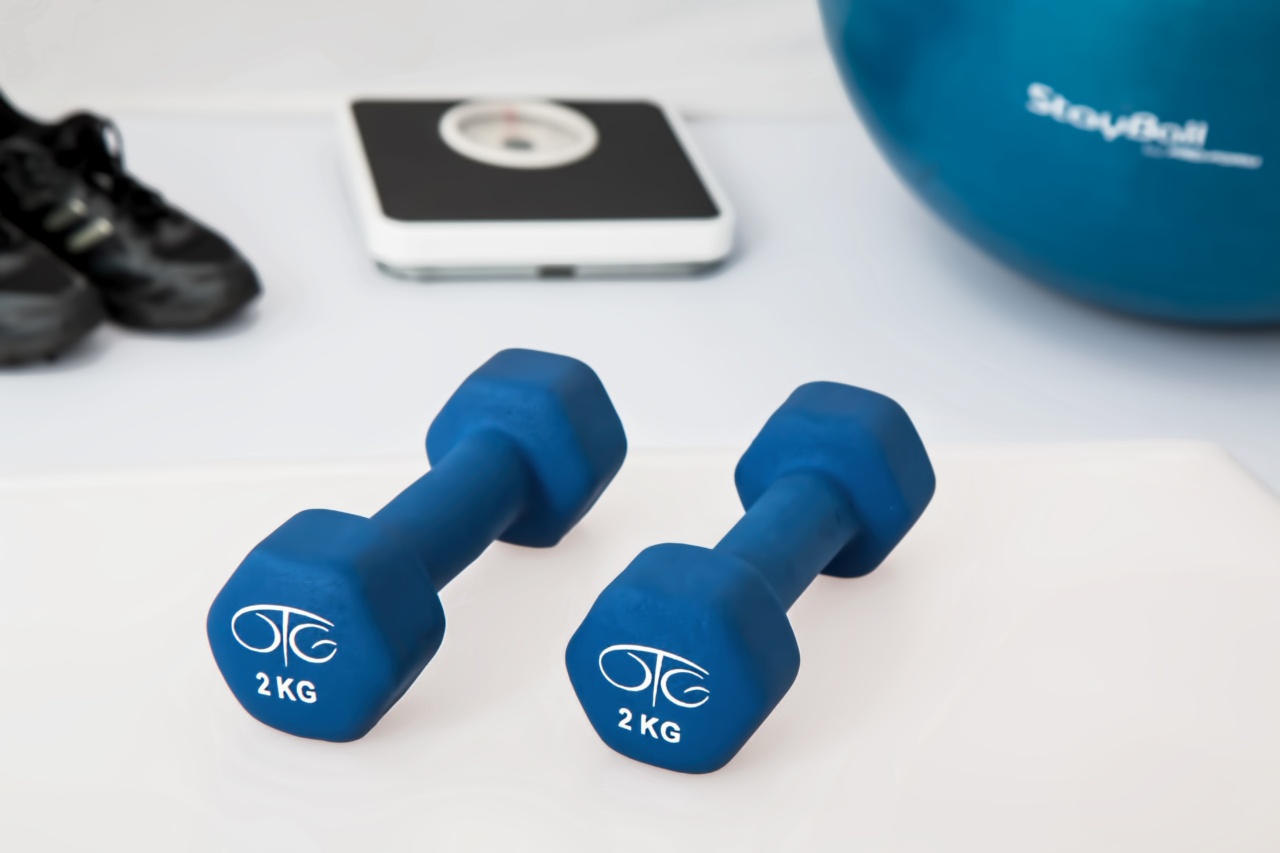When it comes to injury recovery, it is essential to follow a plan that incorporates rehabilitative exercises. These exercises help improve mobility, reduce pain, and prevent future injuries.
However, in some cases, the traditional rehabilitation process may take too long to complete. In such situations, you need expedited rehabilitation exercises that can boost healing. Here are ten exercises that can help expedite the rehabilitative process:.
1. Range-of-motion (ROM) Exercises
Range-of-motion exercises help restore mobility to the affected area. These exercises involve moving the joint through its full range of motion. Range-of-motion exercises plus static stretching can help boost recovery rates.
The American College of Sports Medicine (ACSM) recommends stretching for at least 60 seconds per muscle group.
2. Eccentric Strengthening Exercises
Eccentric training is a technique where the muscle lengthens as it contracts, which helps to promote healing. Eccentric exercises are also effective at preventing reinjury.
For instance, for a hamstring strain, lower yourself from a standing position with one leg and then slowly return to a standing position. Repeat this for ten repetitions, then switch to the other leg.
3. Blood Flow Restriction (BFR) Training
During rehabilitation, you need to stimulate the muscles without loading the joints. BFR training creates an environment where muscles can get the workout they need without stressing the joints.
This type of training involves the use of knee wraps or blood pressure cuffs to limit blood flow to the working muscles. BFR can make any exercise more effective.
4. Isometric Exercises
Isometric contractions occur when you push or pull without moving the joint. If you’re not able to do dynamic exercises, isometric exercises can help improve strength and reduce pain.
Isometric exercises include wall sits, planks, and static holds, which involve holding a weight for an extended period.
5. Plyometric Exercises
Plyometric exercises require rapid muscle contractions, which lead to improved tendon and bone health. They are an excellent complement to strength training.
Box jumps, squat jumps, and double-leg hops are typical plyometric exercises you can perform to expedite rehabilitation.
6. Aquatic Therapy
Aqua therapy is a low-impact form of exercise that can help promote healing after an injury. Hydrostatic pressure in the water reduces inflammation in the affected area.
Water also provides support, so you can perform exercises without putting too much pressure on the joints. Aqua therapy can help with mobility, pain reduction, and relaxation.
7. Balance Exercises
After an injury, you need to work on balance and stability. These exercises help improve proprioception and neuromuscular control. Proprioception is the ability to sense the position of the body or its parts in space.
Balance exercises include heel-to-toe walking, one-legged stands, and stability ball exercises.
8. Myofascial Release
Myofascial release is a technique that involves massaging the fascia, a connective tissue that surrounds the muscles. This technique helps relax the muscles, relieve pain, and promote healing.
You can perform myofascial release using a foam roller or a massage ball. Rolling the affected area back and forth for several minutes can help expedite recovery.
9. Massage Therapy
Massage therapy is a noninvasive technique that helps improve blood flow, reduce inflammation, and promote relaxation.
Massage therapists use a series of techniques, including kneading, compression, and vibration, to help expedite the rehabilitative process. Massage therapy is effective for people recovering from injuries such as strains, sprains, and chronic pain.
10. Electrical Stimulation
Electrical stimulation involves the use of mild electric impulses to stimulate muscle fibers. This technique helps reduce pain and inflammation, promote muscle contraction, and speed up the healing process.
You can find this therapy in many forms: neuromuscular electrical stimulation (NMES), functional electrical stimulation (FES), and transcutaneous electrical nerve stimulation (TENS).
Conclusion
Expedited rehabilitation exercises are essential after an injury to boost strength, mobility, and recovery. Incorporating these exercises into your rehabilitation plan can help expedite the healing process.
Always consult a professional before attempting any of these exercises to avoid injury or compounding an existing one.



























